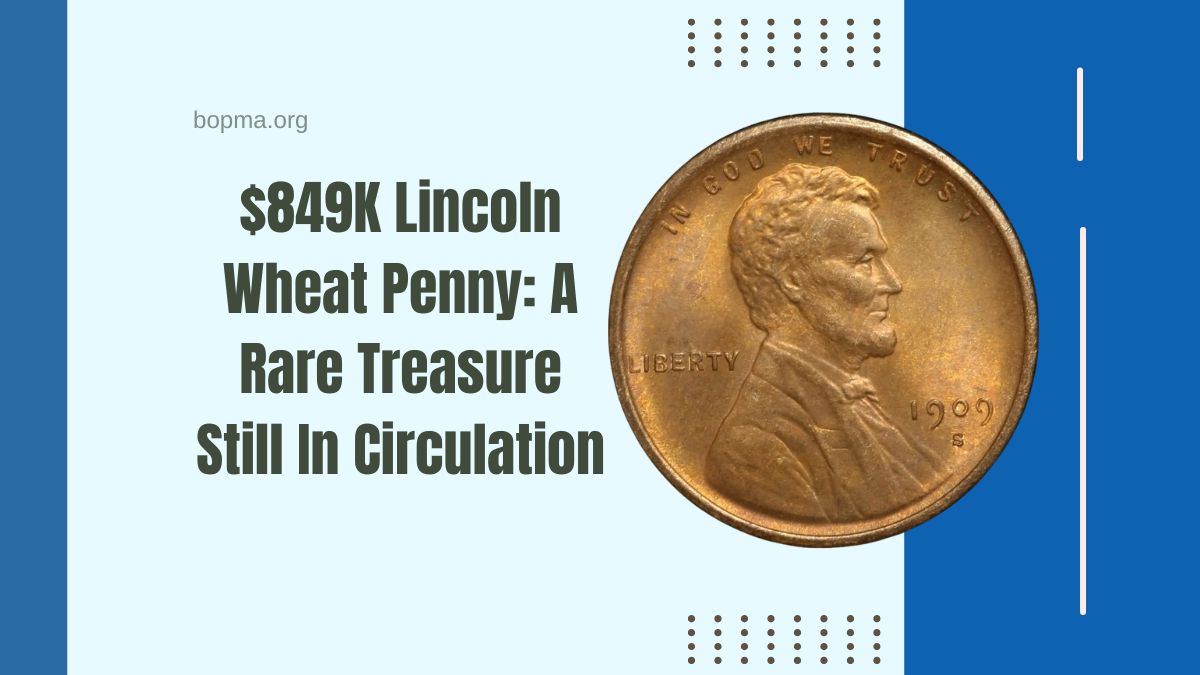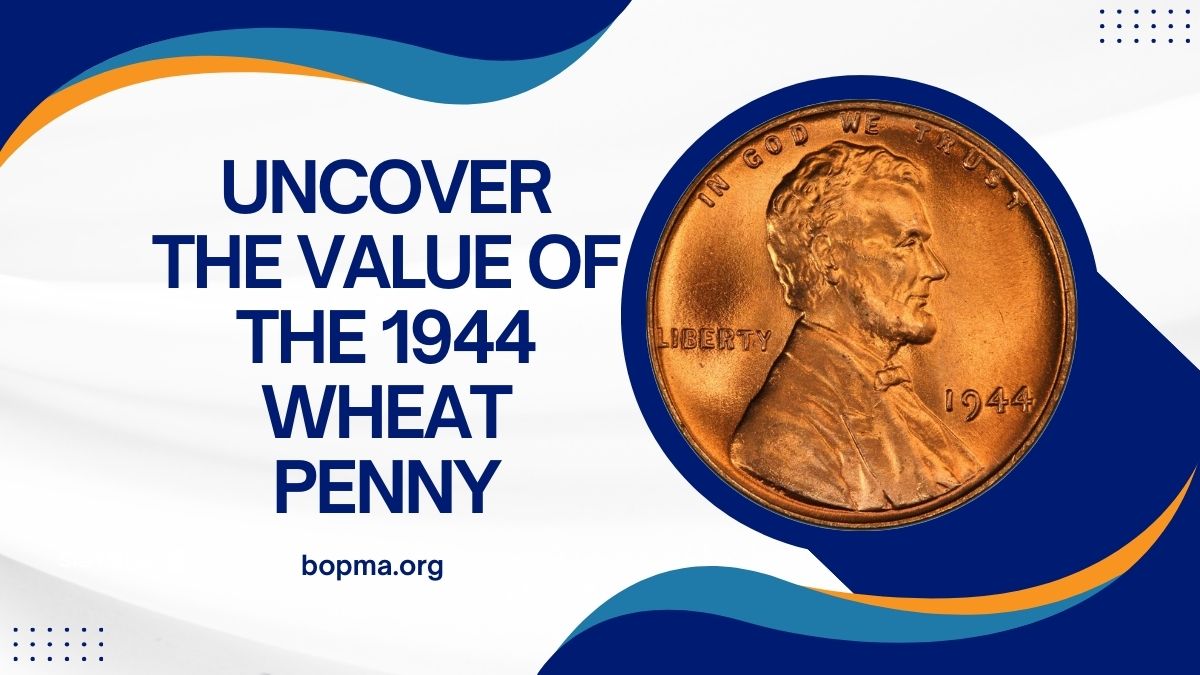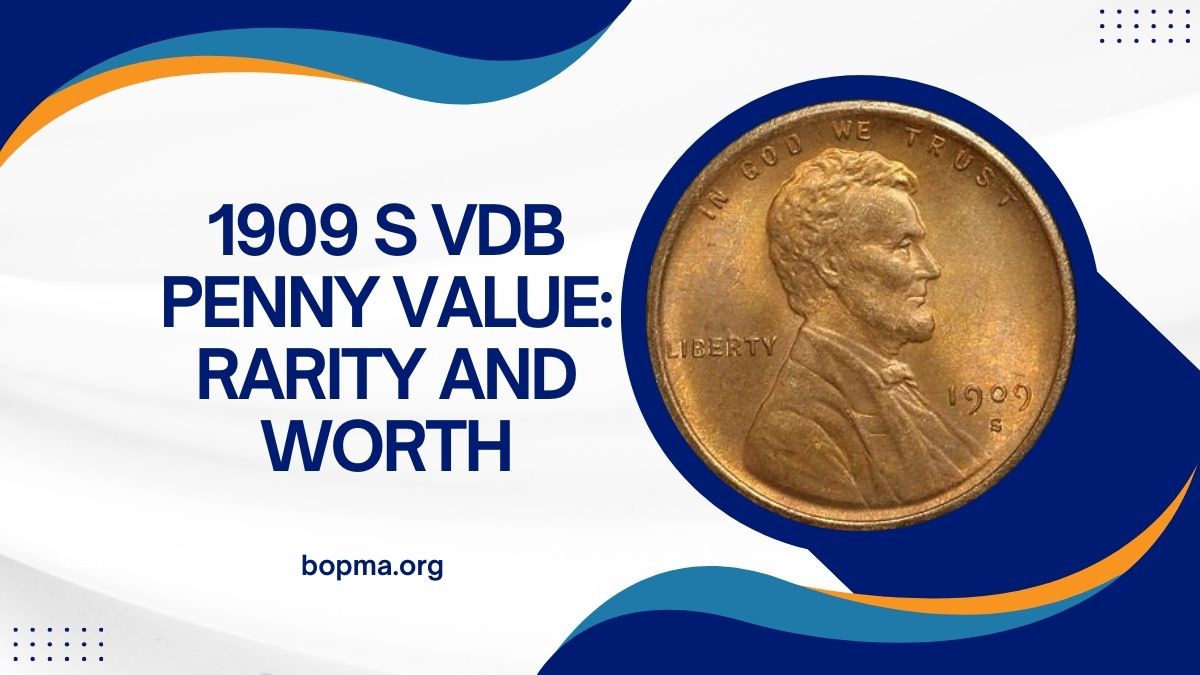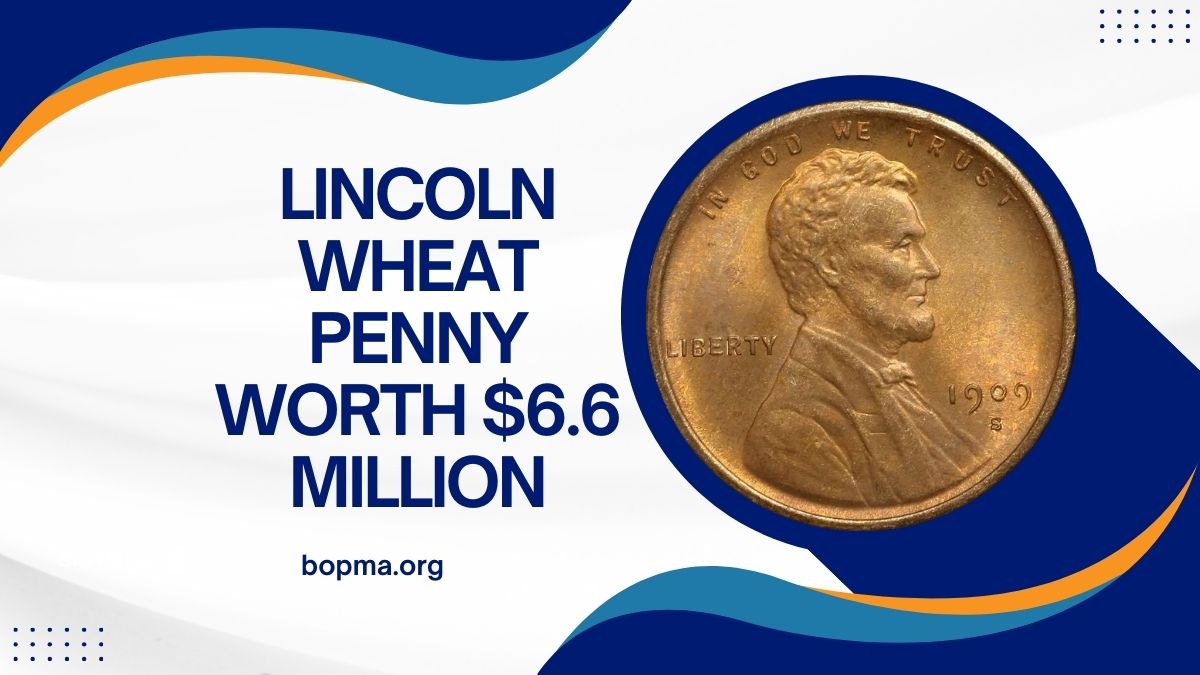The Lincoln Wheat Penny is more than just a piece of currency—it’s a symbol of history and, in rare cases, immense value.
One extraordinary version of this penny recently fetched an astonishing $849,000, making it a dream find for collectors.
This article delves into the history, features, and rare variants of this coin, offering insights into how you might stumble upon a small fortune in your spare change.
History of the Lincoln Wheat Penny
The Lincoln Wheat Penny, introduced in 1909, was created to commemorate the 100th anniversary of Abraham Lincoln’s birth. Designed by sculptor Victor David Brenner, it was the first U.S. coin to feature a real person’s portrait.
- Obverse (Front): Displays Abraham Lincoln’s profile with inscriptions like “In God We Trust,” “Liberty,” and the year of minting.
- Reverse (Back): Features two wheat stalks flanking the words “One Cent,” symbolizing prosperity and abundance.
This coin was minted until 1958, after which it was replaced by the Lincoln Memorial design.
While most Wheat Pennies hold modest collector value, certain rare editions, such as the 1943 copper penny, are worth a fortune.
The $849K 1943 Copper Penny: A Collector’s Dream
Among the rarest of the Lincoln Wheat Pennies is the 1943 copper penny, often referred to as the “holy grail” of coin collecting.
Why Is It So Valuable?
- Historical Error: During World War II, copper was reserved for military purposes, and pennies were instead minted from zinc-coated steel. However, a small number of copper planchets were mistakenly used, resulting in the rare 1943 copper pennies.
- Rarity: Fewer than 20 authentic 1943 copper pennies are believed to exist today, making them extremely desirable for collectors.
- Condition: A pristine example graded MS64 by the Professional Coin Grading Service (PCGS) fetched $849,000 at auction.
Identifying a Rare Lincoln Wheat Penny
If you’re lucky enough to find a Lincoln Wheat Penny, here’s how to determine if it’s one of the rare, high-value varieties:
| Characteristic | Details |
|---|---|
| Year | Look for 1943; most pennies from this year were steel. |
| Material | A copper penny will not be magnetic, unlike the steel version. |
| Mint Mark | Check for “S” (San Francisco) or “D” (Denver). |
| Condition | Uncirculated or near-mint coins fetch the highest prices. |
How to Verify Your Rare Penny
If you suspect you have a valuable Lincoln Wheat Penny, take the following steps to confirm its authenticity:
- Magnet Test: Copper pennies are non-magnetic, while steel ones will stick to a magnet.
- Weight Check: A copper penny weighs approximately 3.11 grams, compared to 2.7 grams for steel.
- Professional Grading: Submit your coin to reputable services like PCGS or NGC for authentication and grading.
Tips for Handling and Selling Rare Coins
To maximize the value of your rare penny, follow these tips:
- Storage: Keep your coin in a protective case to prevent damage or corrosion.
- Avoid Cleaning: Cleaning a coin can reduce its value by removing its natural patina.
- Sell Through Trusted Channels: Work with reputable coin dealers or auction houses to ensure a fair transaction.
Why Are Rare Coins So Valuable?
Several factors contribute to the extraordinary value of coins like the 1943 copper penny:
- Rarity: Limited production or survival significantly boosts demand.
- Historical Context: The wartime error behind the 1943 copper penny adds intrigue.
- Condition: Well-preserved coins are more valuable.
- Collector Demand: Numismatists are willing to pay top dollar for rare finds.
The Lincoln Wheat Penny is more than a collector’s item—it’s a tangible piece of history.
While most Wheat Pennies are worth only a few cents, rare varieties like the 1943 copper penny can command astronomical prices, reaching $849,000.
Whether you’re a seasoned collector or a curious enthusiast, checking your change for these hidden treasures could lead to an incredible discovery.
So, the next time you come across a Lincoln Wheat Penny, take a closer look—it might just change your life.
FAQs
How can I tell if my 1943 penny is copper?
Perform a magnet test. Copper pennies are not magnetic, while steel ones will stick to a magnet.
What makes the 1943 copper penny so rare?
The 1943 copper penny was a minting error during World War II when pennies were supposed to be made of steel.
How much is a regular Lincoln Wheat Penny worth?
Most Wheat Pennies are worth 3 to 10 cents, but rare varieties can fetch thousands—or even hundreds of thousands—of dollars.





One thought on “The $849K Lincoln Wheat Penny: A Rare Treasure Still In Circulation”
Hi my name is Kristin Saiz I have most of the wheat pennies from 1909 up and I have all minted not minted